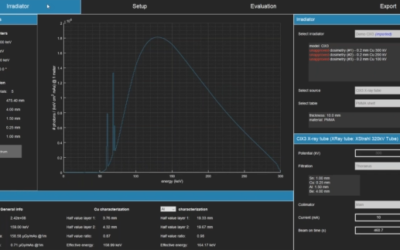Kaposi’s sarcoma is a rare cancer type caused by virus. Its main symptom is lesions – purplish, reddish blue or dark brown/black macules, plaques or nodules which present on the skin and occasionally internal organs. Though unable to be cured completely the lesions can be treated, which will make them shrink and fade. Radiation therapy is one of the most popular treatment modalities for Kaposi sarcoma of the skin, but efficiency of treatment has not been proven.
In the paper “Radiation therapy for the treatment of skin Kaposi sarcoma” Tsao M.N. et al presented the results of a retrospective review undertaken for all Kaposi sarcoma skin patients treated with radiotherapy at a tertiary cancer centre from Jan. 2, 1999 to Dec. 31, 2014 (inclusive).
A total of 47 patients with Kaposi sarcoma lesions (43 classical, 0 African, 1 iatrogenic, 3 AIDS related) were seen in the multidisciplinary clinic. Out of this group, 17 patients (5 females and 12 males, 14 classical, 0 African, 0 iatrogenic, 3 AIDS related) with 97 Kaposi sarcoma skin sites were treated with local external beam radiotherapy. An additional 18 skin sites were treated with repeat radiotherapy. The radiotherapy dose ranged from 6 Gy in 1 fraction to 30 Gy in 10 fractions with the most common dose fractionation scheme being 8 Gy in 1 fraction or 20 Gy in 5 daily fractions. For the previously untreated Kaposi sarcoma sites, 87% responded to radiation [30% complete response and 57% partial response]. Thirteen percent of sites treated with radiation progressed. For the skin sites which were treated with repeat radiotherapy, 0% showed complete response, 50% partial responses and 50% had continued progression.
It was concluded that the majority of Kaposi sarcoma skin lesions (87%) responded to radiotherapy. Patients experienced minimal side effects from the palliative radiation regimens used.
This Xstrahl In Action was adapted from a article found on a National Library of Medicine website.







